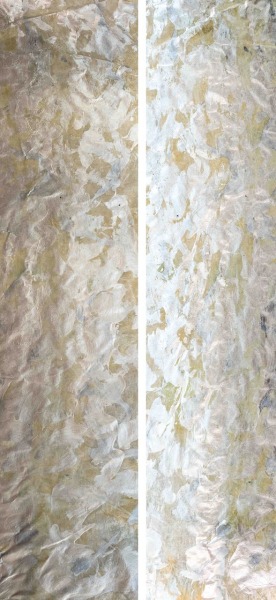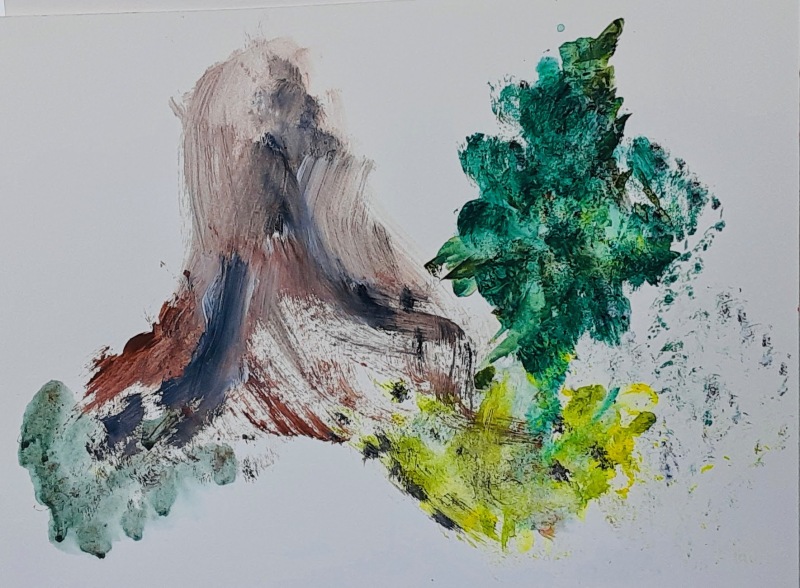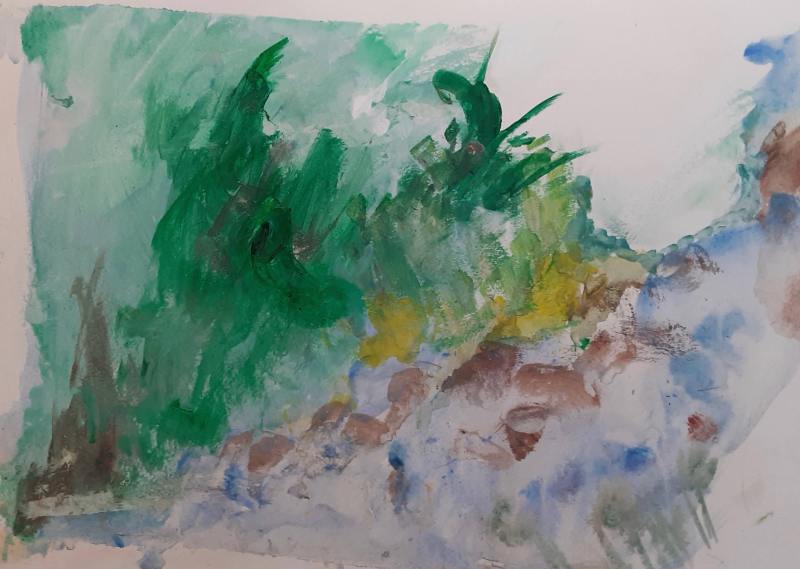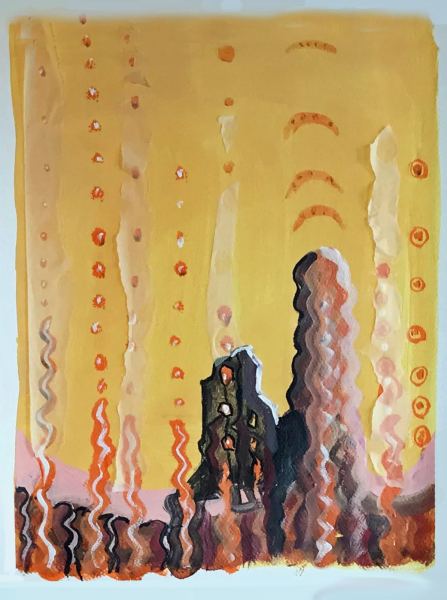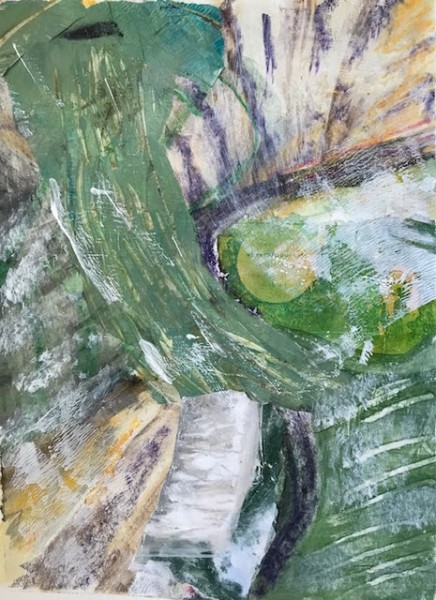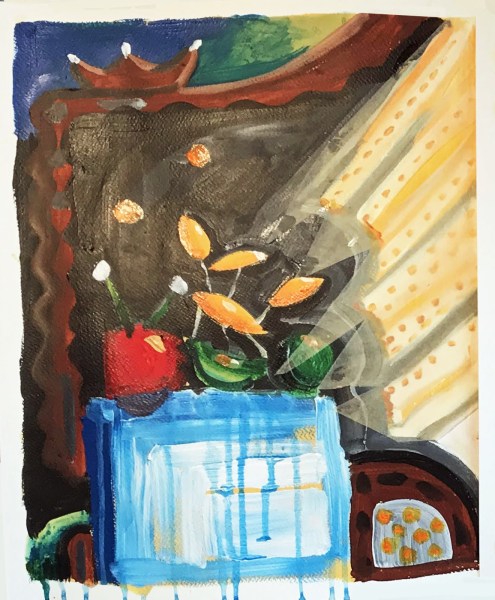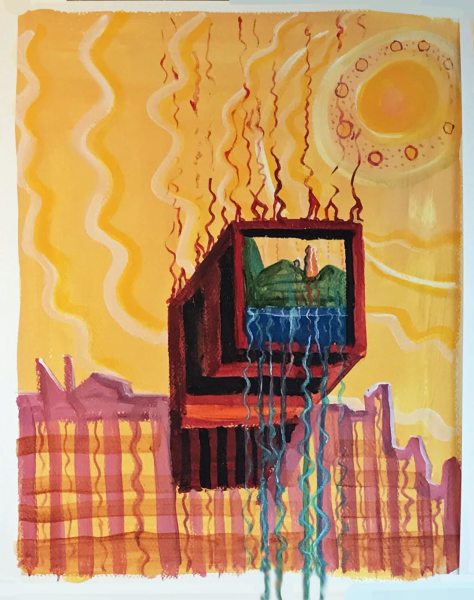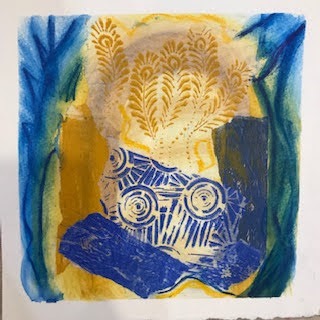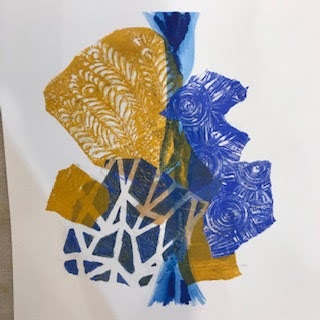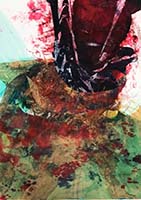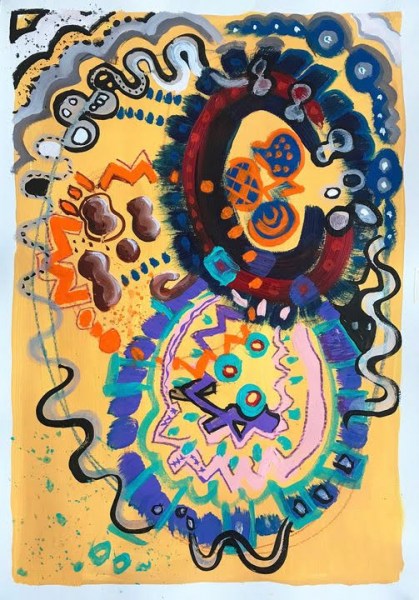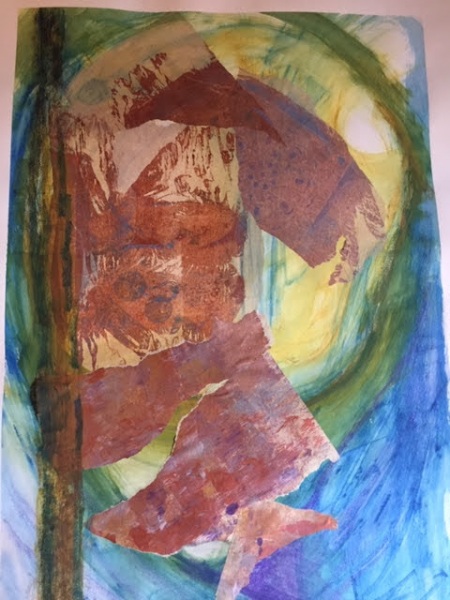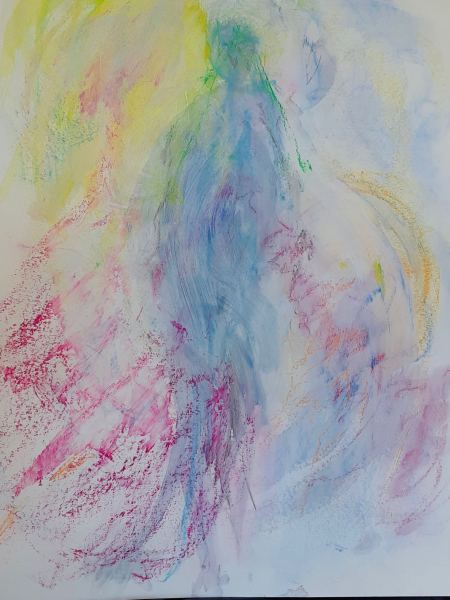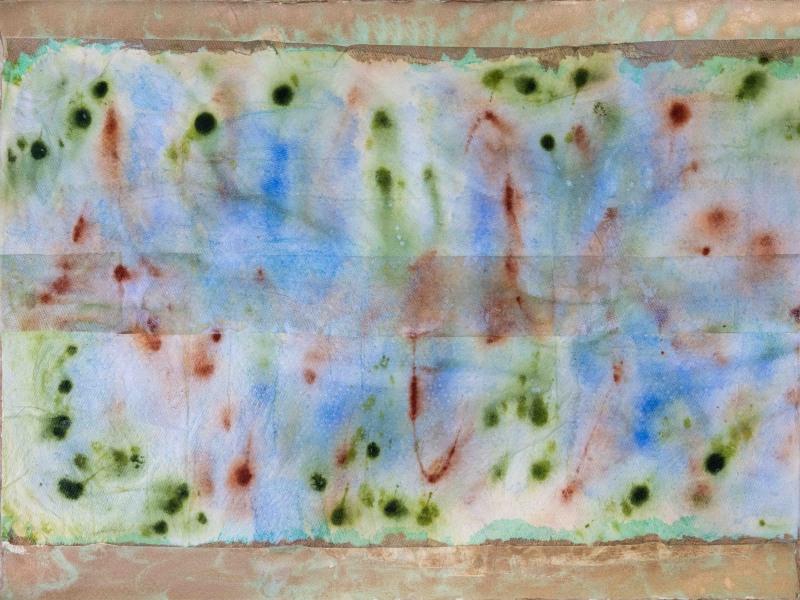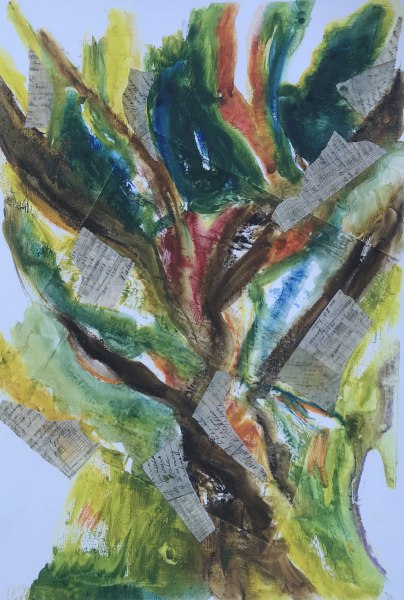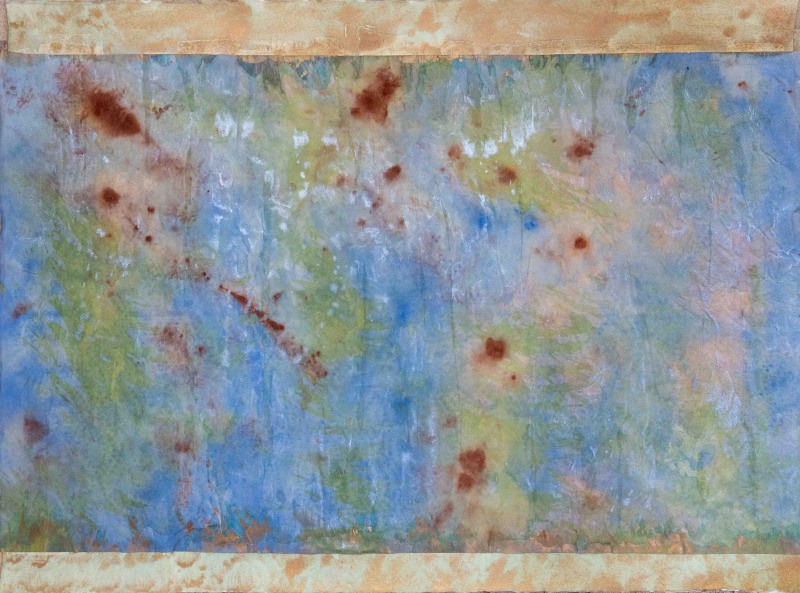Blog #3C In-Bodying the Field: Conjunctive Knowing

 I have been sitting in an ice-cold stream pounding kuzu fiber on a rock with a wooden mallet for hours in a small paper-making village outside of Nagoya, Japan. Why exactly am I doing this I wonder. It feels like a traditional apprentice initiation, but it is more than that. It is about conjunctive knowing, instructions directed through the eye movements of my taciturn teacher. It is part of an apprentice systems across time and place to embody knowledge by watching, listening, smelling and tasting, learning through the body.
I have been sitting in an ice-cold stream pounding kuzu fiber on a rock with a wooden mallet for hours in a small paper-making village outside of Nagoya, Japan. Why exactly am I doing this I wonder. It feels like a traditional apprentice initiation, but it is more than that. It is about conjunctive knowing, instructions directed through the eye movements of my taciturn teacher. It is part of an apprentice systems across time and place to embody knowledge by watching, listening, smelling and tasting, learning through the body.
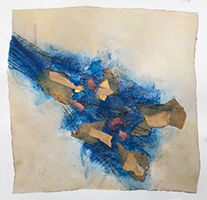 Apprenticeships in the seventies in Japan was very much like it had been for hundreds of years. They honored the tradition that someone who came seeking mentorship from the master would not necessarily be taken on, but they were to be fed as long as they stayed on the porch. Sometimes this was all it took so that perseverance could be demonstrated to the master and acceptance found. There was a sense of perseverance but also of discovery of self within that I developed during my time studying with various masters. My pottery teacher would say to listen to the sound of the brush touching the bisqueware to know how thick to make the iron oxide. It took me two years in calligraphy to realize myself how important breath was. Once my tea ceremony teacher stopped in her preparation for guests and listened to the wind. We went outside and she handed me the rake for the first time. She watched me rake up all the leaves in front of the tea house and then stood there with the silent message that we would stand here until I finished. I looked around madly for any missed leaves. Finally, I reached over and slightly shook the maple tree. A few red leaves fell on the path and my teacher bowed and enter the tearoom.
Apprenticeships in the seventies in Japan was very much like it had been for hundreds of years. They honored the tradition that someone who came seeking mentorship from the master would not necessarily be taken on, but they were to be fed as long as they stayed on the porch. Sometimes this was all it took so that perseverance could be demonstrated to the master and acceptance found. There was a sense of perseverance but also of discovery of self within that I developed during my time studying with various masters. My pottery teacher would say to listen to the sound of the brush touching the bisqueware to know how thick to make the iron oxide. It took me two years in calligraphy to realize myself how important breath was. Once my tea ceremony teacher stopped in her preparation for guests and listened to the wind. We went outside and she handed me the rake for the first time. She watched me rake up all the leaves in front of the tea house and then stood there with the silent message that we would stand here until I finished. I looked around madly for any missed leaves. Finally, I reached over and slightly shook the maple tree. A few red leaves fell on the path and my teacher bowed and enter the tearoom.
 Awareness of knowing through the body rather than the mind, has been one of the many gifts I still carry with me from my time in Japan. Gnosis is the kind of conjunctive knowing that in the Bible refers to sexual relations, knowing a woman. It is a union, not just taking in information but a knowing through the body. This same idea is how information and skill are transferred in the cultural arts of Japan and many places in the world. Sweeping the floor and making tea is becoming attuned to not only the master but the materials, the shop and sometimes hundreds of years of experience. It is also developing a telepathy between workers.
Awareness of knowing through the body rather than the mind, has been one of the many gifts I still carry with me from my time in Japan. Gnosis is the kind of conjunctive knowing that in the Bible refers to sexual relations, knowing a woman. It is a union, not just taking in information but a knowing through the body. This same idea is how information and skill are transferred in the cultural arts of Japan and many places in the world. Sweeping the floor and making tea is becoming attuned to not only the master but the materials, the shop and sometimes hundreds of years of experience. It is also developing a telepathy between workers.
 In the studio we are using somatic practice and embodying imagination as our entries into knowing through the body as we develop conjunctive learning. We trust our hand to reach out for a color or marking implement and are developing awareness of conversation, even flirting with other elements in our field so that we can play together. This way of working is bringing in many surprising elements, especially for people who have worked from personality for decades. One thing that strikes us is that we often don’t immediately relate to the marking before us. Our old ways of perceiving what works artistically is not important. The gage through the last few years of this practice is more toward authenticity, what is evoked and felt in the body and what stays with you as an afterglow or even shadow. It is because we are in a greater collaboration and it can take a while to see it.
In the studio we are using somatic practice and embodying imagination as our entries into knowing through the body as we develop conjunctive learning. We trust our hand to reach out for a color or marking implement and are developing awareness of conversation, even flirting with other elements in our field so that we can play together. This way of working is bringing in many surprising elements, especially for people who have worked from personality for decades. One thing that strikes us is that we often don’t immediately relate to the marking before us. Our old ways of perceiving what works artistically is not important. The gage through the last few years of this practice is more toward authenticity, what is evoked and felt in the body and what stays with you as an afterglow or even shadow. It is because we are in a greater collaboration and it can take a while to see it.
The following images are from participants in the In-Bodying the Field Six-month Seminar, relating journeys through the refrigerator through mark-making.



